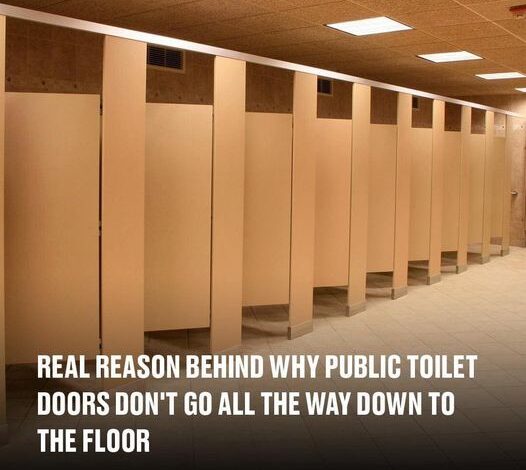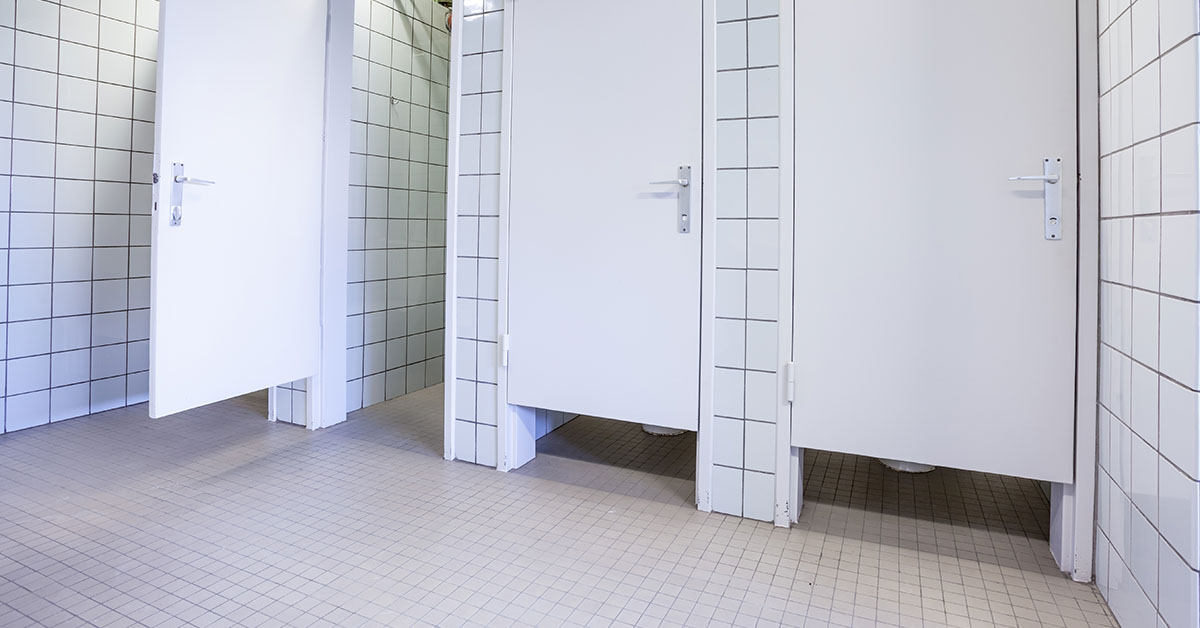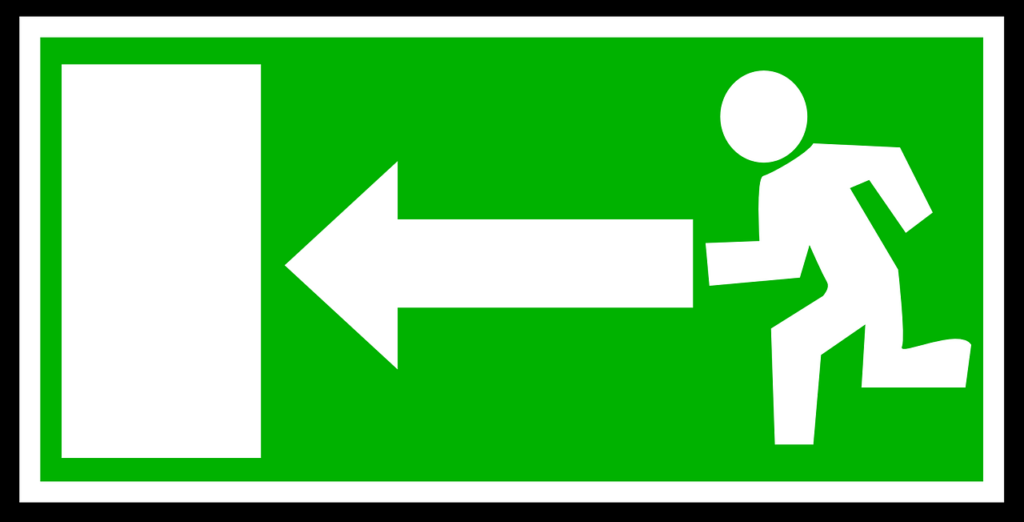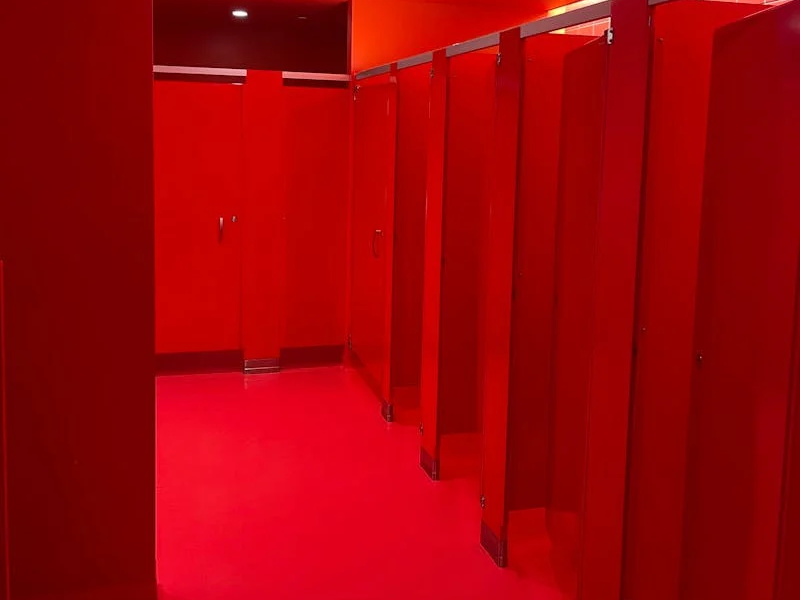People Shocked to Learn Reason Public Toilet Doors Don’t Touch The Floor

Many people wonder why public toilet stalls often have doors that don’t reach the floor. This might seem strange at first, but there are actually several good reasons for this design choice. Let’s take a closer look at some explanations shared by experts and everyday users alike.

Emergency Assistance

One of the main reasons public toilet doors stop above the floor is to allow for quick help in emergencies. If someone inside is unwell or needs help, the gap provides a way for others to see what’s happening and step in if necessary.
“If there’s an emergency, it’s easy to see what’s going on and offer help,” shares TikTok user MattypStories.
Easier Cleaning

Hygiene is vital in public restrooms, and doors that don’t touch the floor make cleaning much more manageable. Custodians can quickly mop or use cleaning tools without obstruction, ensuring the area stays tidy and sanitary.
“The open space means janitors can clean stalls efficiently with a mop or pressure washer,” explains a representative from ToiletPartitions, a toilet fitting company.
Cost-Effective Solutions

Another key factor is cost. Doors that are shorter are less expensive to produce and install than full-length ones. This allows for savings in building and maintaining public restrooms over time.
“Shorter doors are cheaper, which cuts costs significantly,” acknowledges MattypStories.
Improved Air Circulation

Keeping air fresh in public restrooms is important, and the design of the doors helps with that. The gap allows air to move more freely, helping to get rid of bad smells quicker.
“The gap provides a quick way for unpleasant odors to escape,” notes WC Portables.
Prevents Misbehavior

Unfortunately, public bathrooms can sometimes be sites of inappropriate behavior. Shorter doors reduce privacy, discouraging bad conduct because it’s easier for others to notice.
“This design helps keep behavior in check as people don’t want to be embarrassed if caught in the act,” according to WC Portables.
Quick Exits

In case of a jammed lock or other door issue, the space at the bottom lets individuals crawl out easily. This ensures that no one gets trapped inside inadvertently.
“If the door gets stuck, crawling out is always an option,” one user mentions.
Occupancy Clues

The gap also serves to quickly indicate if a stall is occupied. This simple visual cue saves the awkwardness of trying to open an occupied door and minimizes the need for knocking.
“It’s easy to see if a stall is occupied or vacant just by checking the gap,” explains ToiletPartitions.
Faster Turnover

Because these stalls offer less privacy, people tend to use them more quickly, improving turnover. This means less waiting time for others who need to use the restroom.
“Knowing others can hear easily prompts people to finish up faster,” adds WC Portables.
Easy Access to Help

The gap also makes it simple to pass items like toilet paper into a stall if someone runs out. This can be a lifesaver in sticky situations!
“You can easily ask for or offer toilet paper through the gap,” another user points out.
Conclusion

While at first glance, the raised doors in public bathrooms might seem unusual, they actually serve several important purposes. From practicality and safety to cost savings, this thoughtful design addresses many concerns faced by public restroom management. Next time you find yourself in a public restroom, you can appreciate the careful thought and reasoning behind this common layout choice.